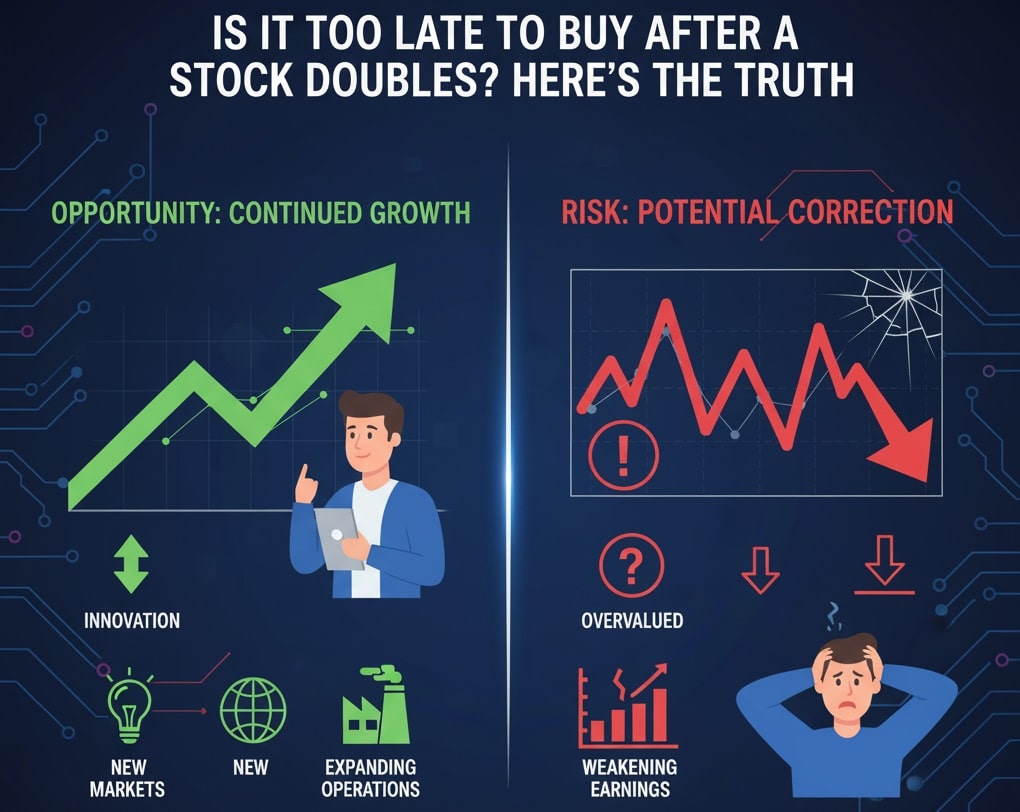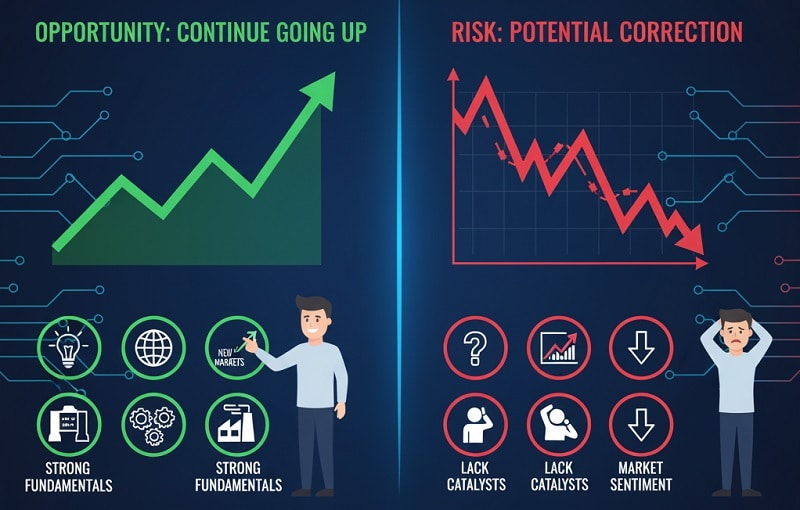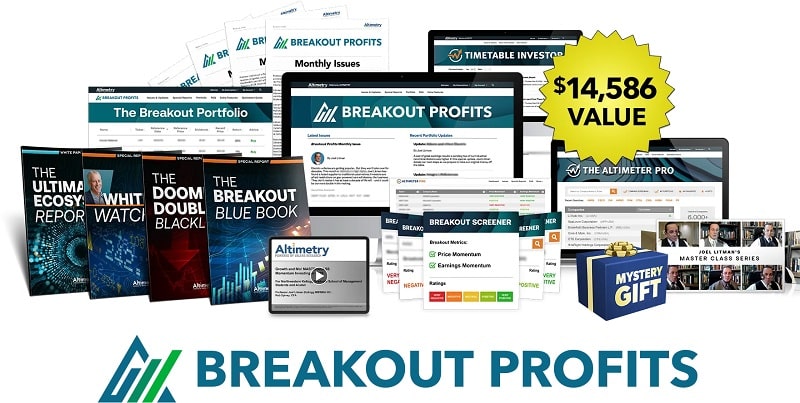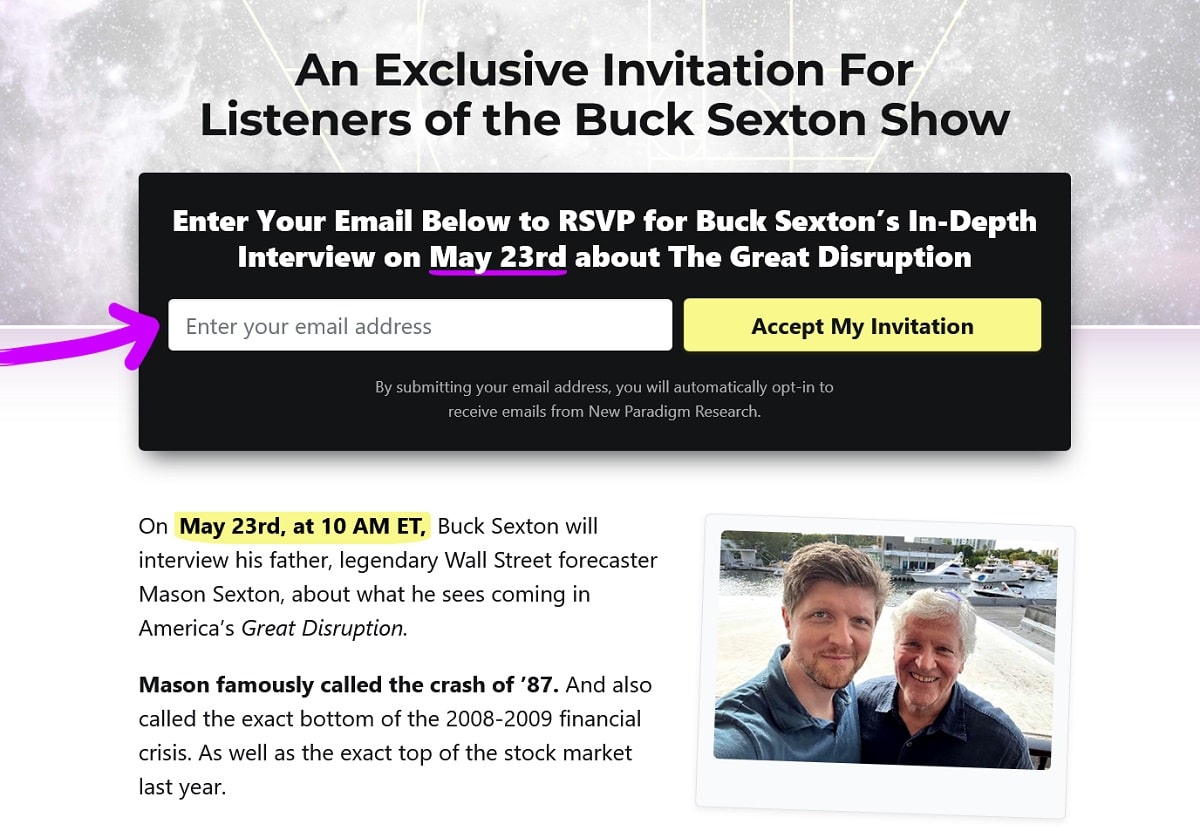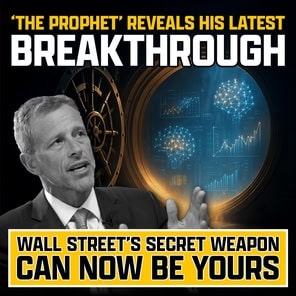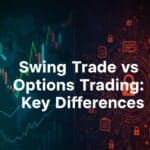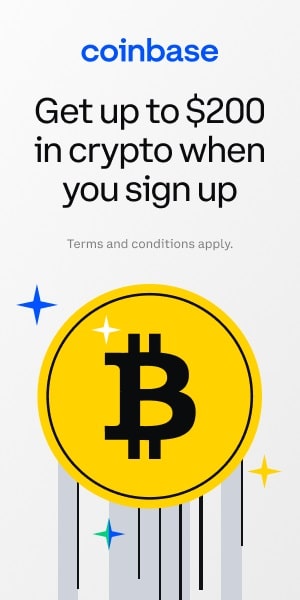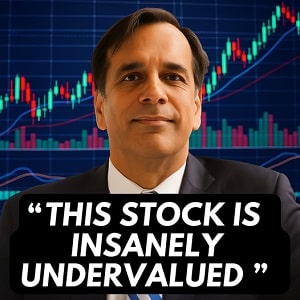Many investors chase too late. Here’s how to know when a stock has more upside — or when it’s time to walk away.
The Question Every Investor Asks
When a Stock Doubles, Is the Opportunity Gone?
Every investor knows the feeling. You spot a stock that’s been climbing. You follow the headlines. You watch the price chart. And then you realize: it’s already doubled.
At that moment, the question hits you: Is it too late? Am I about to buy at the top? Or is this just the beginning of something bigger?
That single doubt has probably cost investors more money in missed opportunities than bad stock picks ever did. Because while hesitation can protect you from buying hype, it can also stop you from holding the next Apple, Amazon, or Tesla through its true breakout years.
The Fear of “Chasing” Stocks
Investors don’t want to feel like they’re chasing. No one wants to buy after the crowd already made the easy gains. The fear is simple: what if the stock collapses the minute I get in?
It’s a fair concern. But the truth is more complicated. And more interesting.
Why I Know This Struggle Firsthand
The Stocks I Missed Because I Thought It Was “Too Late”
I’ll be honest — I’ve been burned by this exact mindset.
Back in the early 2000s, Apple was clawing its way back from near bankruptcy. The iPod was making waves. The stock had already doubled. I told myself the story most investors tell: “The money’s been made. It’s too late now.”
I passed.
We all know what happened next. Apple became a trillion-dollar company. That “too late” decision cost me more than I like to admit.
And it wasn’t a one-off. Years later, I saw Netflix take off after announcing streaming. Same story. The stock doubled. I hesitated. And then I watched it climb 50x over the following decade.
That hesitation — that fear of chasing — kept me on the sidelines.
The Times I Got Burned By Jumping In Too Late
But it cuts both ways. I also learned the hard way that not every doubling stock keeps climbing.
Remember GoPro after its IPO? The stock doubled in no time. I bought in, thinking this was the next Apple. Within months, the stock collapsed.
Or the 3D printing craze a decade ago. Stocks doubled and tripled in months. The hype was irresistible. And then the entire sector unraveled, leaving investors with losses instead of fortunes.
Those experiences taught me something crucial: a stock doubling doesn’t tell you if it’s too late. What matters is why it doubled.
Why Joel Litman’s Approach Resonated With Me
That’s why Joel Litman’s Breakout Profits caught my attention.
Litman isn’t guessing, and he isn’t chasing headlines. He uses forensic accounting, earnings-call analysis, and proprietary frameworks to answer the only question that matters: Is this stock doubling because of hype — or because it’s just starting to reflect its real value?
When I saw Shopify rise from $50 to $100, I almost repeated my old mistake. But this time, instead of saying “too late,” I asked the right questions. The fundamentals were strong. The growth story was intact. And sure enough, Shopify didn’t stop at $100.
That’s the kind of discipline Litman’s work reinforces. It isn’t about never missing out. It’s about avoiding the traps — and catching the true breakouts that double again, and again.
Key Insights That Separate Hype From True Breakouts
Insight 1: Not All Doublings Are Created Equal
The “Hype Spike” vs. the “Fundamental Lift”
A stock doubling in price is not a signal by itself. The real question is what’s driving that move.
Some stocks double because of hype. Think back to the meme-stock surge in 2021: GameStop, AMC, Bed Bath & Beyond. These stocks doubled (sometimes tripled or quadrupled) in days, not because of business growth but because of social-media-fueled buying frenzies.
Other stocks double because the market is slowly waking up to real fundamentals. Amazon in the early 2000s. Tesla in the 2010s. Nvidia in the early days of AI and GPUs. The doubling was not the end — it was the beginning of the market pricing in years of explosive growth.
Why This Distinction Matters
If you don’t know which kind of doubling you’re looking at, you’re gambling. You’re not investing.
This is where Joel Litman’s forensic approach matters. His team studies earnings calls, accounting signals, and hidden financial distortions to figure out if a company’s stock price is simply inflating — or if Wall Street is still massively underestimating its earnings power.
In other words, is this a GoPro or an Apple?
Insight 2: Momentum Often Signals More to Come
The Market Underreacts Before It Overreacts
Here’s something most investors get wrong: when a stock doubles, it’s often not “too late” — it’s actually still early.
Why? Because the market tends to underreact at first. Companies announce groundbreaking new partnerships, products, or business models, and investors take months (sometimes years) to fully appreciate the impact.
Take Netflix around 2010. The company shifted from DVDs to streaming. The stock doubled as investors caught on. But the true impact of that shift took another five years to fully play out, as streaming became the new normal. That initial doubling was just the market blinking awake.
Example: Nvidia’s AI Boom
The same dynamic is visible in Nvidia’s AI-driven surge. Yes, the stock has doubled (and doubled again). But AI isn’t a short-term trend. It’s a foundational technology shift that will reshape multiple industries over decades.
Momentum here isn’t a red flag — it’s a signal that investors are finally starting to connect the dots.
Joel Litman’s Breakout Profits is designed to catch these kinds of moves. Instead of panicking when a stock has doubled, Litman asks: Does the runway for growth still stretch years into the future?
If the answer is yes, then that doubling is not a reason to run away. It’s a reason to lean in.
Insight 3: The Role of Earnings-Call Forensics
What Companies Say vs. What They Mean
Here’s where Litman separates himself from the crowd. Everyone reads earnings reports. Everyone sees EPS and revenue headlines. But very few people actually analyze the language executives use on earnings calls.
Litman’s team uses linguistic analysis to pick up signals of confidence, deception, or hidden weakness. Executives may legally polish their numbers, but when they speak, subtle patterns reveal the truth.
For example:
-
Are they avoiding forward-looking language?
-
Are they overemphasizing non-core business units?
-
Are they using evasive or defensive phrasing when analysts press them?
These cues often reveal whether a doubling stock is on solid ground or about to unravel.
Case Study: The Doomed Doubles
Litman has documented dozens of “Doomed Doubles” — stocks that surged 100% only to collapse 50–80% shortly after. His forensic analysis identified the warning signs before the crashes.
This is why his Breakout Profits framework matters. It helps investors stop asking “Is it too late?” and start asking the smarter question: Is management signaling hidden strength — or quietly covering up cracks?
Insight 4: Doublings Can Be Just Mile Markers in a Larger Journey
The Amazon and Tesla Examples
When Amazon doubled in 2003, plenty of investors said “too late.” When Tesla doubled in 2013, the same chorus sounded. And yet both stocks went on to deliver 10x, 20x, even 100x returns over the next decade.
Why? Because the doubling was just one checkpoint in a much longer journey of business transformation.
How Breakout Profits Helps Identify “Repeat Doublers”
Joel Litman’s approach is about finding repeat doublers — stocks that don’t just double once, but have the fundamentals and market conditions to double multiple times over.
That’s what every investor wants: to be able to tell the difference between a one-hit wonder and a multi-year compounder.
This is the real truth: It’s not too late if the company’s story is just starting to play out. But you need the tools to know which story you’re in.
“Am I Buying at the Top?”
The Emotional Trap Every Investor Knows
You’ve been here before. You watch a stock run up 100% — maybe a company you had on your radar, maybe one you dismissed too quickly.
Now you’re staring at the chart, thinking: If I jump in now, aren’t I just the greater fool?
This fear is rational. Nobody wants to be the person who buys the peak right before the crash. And Wall Street folklore is filled with horror stories of people doing exactly that.
But here’s the mistake: investors assume that a doubling automatically equals the top. That logic is deeply flawed.
Why “Buying the Top” Is Rarely What You Think
Markets Don’t Work Like Rollercoasters
A stock doubling is not the final click before the plunge. More often, it’s the middle of the climb.
Think about Apple in the iPhone era. Nvidia in the AI era. Netflix in the streaming era. Each doubled — then doubled again, and again, and again.
If you had told yourself “it’s too late” after the first doubling, you would’ve missed life-changing gains.
The truth: what feels like the “top” is often just the point where broader investors are finally waking up to the reality you could have spotted earlier.
The Real Risk: Confusing Noise With Signal
The danger isn’t buying after a stock doubles. The danger is buying without knowing why it doubled.
-
Noise-driven doubles: Meme stocks, speculative biotech, companies riding temporary hype. These are dangerous tops.
-
Signal-driven doubles: Businesses undergoing structural transformations, tapping into megatrends, or seeing explosive earnings growth. These are launchpads.
And here’s where most investors struggle: distinguishing between the two in real time.
How Joel Litman’s Breakout Profits Solves This Problem
Litman’s Breakout Profits service is designed to answer exactly this fear.
He and his team dig beneath the stock chart. They use forensic accounting, linguistic analysis of earnings calls, and their proprietary Uniform Accounting framework to strip away Wall Street distortions.
That means you’re not guessing whether you’re buying at the top. You’re investing with clarity on whether the company has:
-
Hidden earnings power Wall Street hasn’t priced in yet.
-
Management confidence that signals more growth ahead.
-
Megatrend positioning that ensures the doubling is part of a much larger climb.
In other words, Breakout Profits takes away the paralysis of “is it too late?” and replaces it with conviction in “here’s why this stock still has years of runway.”
The Biggest Risk of All: Doing Nothing
Here’s the irony. Most investors never lose money by buying the absolute top. They lose money by never buying at all.
Fear freezes them. They watch Amazon, Tesla, Nvidia, Netflix — and by the time they “feel safe,” the real wealth-building opportunity has long passed.
The reality? If you’re waiting for the perfect price, you’ll wait forever.
What matters isn’t whether the stock doubled. What matters is whether the fundamentals and trajectory justify another doubling (or more).
That’s the truth Joel Litman is focused on delivering with Breakout Profits.
CLEAR NEXT STEP: Why Now Matters More Than Ever
You’ve Seen This Movie Before
Look back over the past two decades.
Amazon doubled, then doubled again, then doubled five more times. Nvidia exploded after a series of “too late” moments. Tesla turned skeptics into millionaires.
The same pattern repeats: the market signals massive opportunity, most investors hesitate, and only those who act decisively capture the full upside.
Right now, we’re at one of those inflection points again.
Why Timing Is Everything
The truth is simple: wealth doesn’t come from watching charts. It comes from getting positioned in the right stocks before the rest of the market catches up.
Every month you hesitate, Wall Street analysts and institutional money are already moving capital into the very opportunities you’re waiting on.
By the time the story hits CNBC, the easy gains are gone.
That’s why the question isn’t “is it too late after a stock doubles?” — it’s “am I willing to act when the signal is still strong?”
Where Breakout Profits Fits In
Joel Litman built Breakout Profits for investors who don’t want to rely on gut feelings or headlines.
Here’s what you get inside:
-
Stock Recommendations: Handpicked “breakout” opportunities with the potential to double again, backed by forensic accounting and megatrend analysis.
-
Model Portfolios: Clear guidance on how to position yourself, not just what to buy.
-
Earnings Call Forensics: Proprietary analysis that detects when management confidence signals future growth.
-
Risk Clarity: Tools to avoid being the last buyer in a hype-driven name.
This isn’t guesswork. It’s a research-backed framework designed to give you conviction in your next move.
Don’t Let Fear Be Your Strategy
Let me be blunt: doing nothing is a strategy. And it’s the one most investors default to.
They freeze, wait, watch stocks double again, and then kick themselves later.
If you’ve ever said, “I’ll wait until things settle down,” you already know that’s just code for missing out.
With Breakout Profits, you don’t need to wait for “perfect.” You get the clarity to act decisively — and the confidence to stick with your positions when the noise ramps up.
Here’s What to Do Now
If you’ve ever asked yourself “Is it too late to buy after a stock doubles?” — this is your moment of truth.
The short answer: not if you know what you’re doing. And with Joel Litman’s Breakout Profits, you’ll finally have that edge.
Don’t let the next Amazon, Nvidia, or Tesla slip through your fingers.
Frequently Asked Questions
Isn’t it always too late to buy once a stock has already doubled?
Not necessarily. A stock doubling in price doesn’t automatically mean the run is over. In many cases, it’s just the beginning of a longer growth cycle. Amazon, Nvidia, and Tesla all doubled multiple times on their way to becoming household names. The real question isn’t has it doubled but is the underlying business still breaking out into a larger market opportunity?
How do I know if a stock will double again or if it’s already peaked?
This is where research and tools matter. Joel Litman’s Breakout Profits service is designed to answer this exact question. Using forensic accounting, he looks beneath the headlines and identifies whether earnings quality, management confidence, and market trends support another wave of growth — or if the hype has already peaked.
What’s the biggest mistake investors make after a stock doubles?
They either panic and sell too early, leaving massive gains on the table… or they buy blindly into hype without checking if the fundamentals still justify the price. Both mistakes stem from emotion instead of research. That’s why disciplined frameworks, like those inside Breakout Profits, are critical.
Isn’t buying after a double too risky?
All investing carries risk, but risk comes from not knowing what you own or why you own it. A doubled stock can be less risky than a cheap stock with no future. Think about Amazon in 2009 or Nvidia in 2016 — both looked “expensive” at the time, but the fundamentals justified far more growth. With Joel Litman’s research, you get clarity on where the real risk lies.
How does Joel Litman’s Breakout Profits help with situations like this?
Breakout Profits is built around exactly this dilemma — when to buy, when to hold, and when to sell. The service provides:
- Monthly breakout stock picks backed by forensic analysis.
- Model portfolios to show how to allocate.
- Signals from earnings calls that often reveal growth before Wall Street catches on.
- Actionable guidance so you’re not left guessing after a stock doubles.
It’s about replacing uncertainty with confidence — so you don’t hesitate when opportunity is staring you in the face.
Can Breakout Profits work for someone new to investing?
Yes. You don’t need to be a professional trader. Joel Litman’s service explains the research in plain English and provides step-by-step instructions. If you can read an email and click a ticker, you can follow along. The goal is to make sophisticated analysis simple enough for individual investors to act on.
Why should I act now instead of waiting?
Markets don’t wait. By the time “perfect clarity” arrives on CNBC, hedge funds and institutions have already made their move. Acting now — with the right research in hand — lets you get positioned before the crowd. That’s why Joel Litman built Breakout Profits: so retail investors can stop being late and start being early.
👉 Final Step: If you’ve ever hesitated after seeing a stock double, this is your chance to stop second-guessing.

